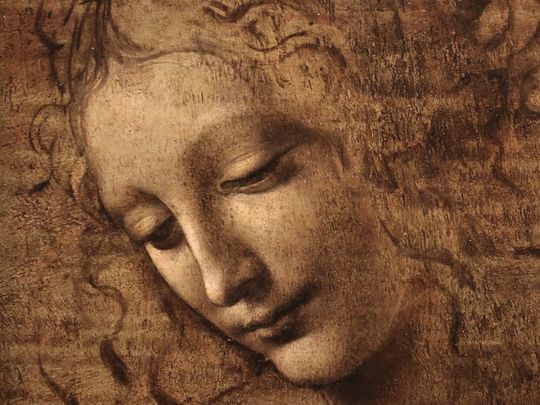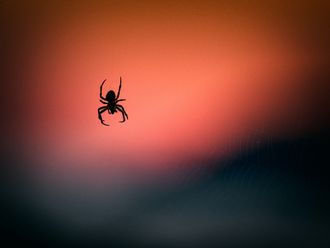
When you are asked to draw something, do you draw two mountains, a river streaming through, with the sun rising over the horizon?
Click start to play today’s Word Search, where you can find various art movements, from ‘surrealism’ to ‘art nouveau’.
But let’s face it. Not all of us are artists. For some of us, basic elements like triangles for mountains, circles for the sun, squiggles for a river, and stick figures for people are the best we can hope to achieve in art. But then there are others, who can draw a face so eerily close to reality, you could mistake it for a photograph.
So, why is it that some people are better at drawing than others?
Scientific research is looking for answers to that question. It appears that a few factors go into how well you can draw: first, it depends on how you perceive reality; second, it’s based on how well you remember visual information from one moment to the next; and last, it hinges on which elements of an object you select to draw.
According to a report in the US-based science news website Livescience, people who have the most trouble judging apparent size, colour, shape and brightness, may be the worst at drawing. When we look at objects, our eyes may misjudge its attributes – for instance, objects appear larger when they are closer than when they are far away. If you draw well, that means you are better able to overcome visual misperceptions such as this, and accurately perceive what you are actually seeing.
Drawing skills could also be influenced by our ability to remember simple relationships between objects, according to a January 2020 study in the Netherlands-based scientific journal Cognitive Development. For instance, at what angle does a finger bend when it touches something? Those who can draw well are able to understand both holistic relationships, as well as focus on the details that others usually miss.
In a December study in the US-based journal Psychology of Aesthetics, Creativity, and the Arts, researchers also found evidence that artists are better able to select which elements of an object need to be included in their artwork, to convey its form, and, just as importantly, which elements are best left out.
Luckily, those of us who have mastered stick figures, can hope to improve our drawing ability. Research shows that all of the above factors can be learned and developed with practice. According to an August 2013 study in the UK-based journal Nature Neuroscience, by drawing every day and working on your artistic skills, your motor learning improves and your brain becomes more efficient at the task. So, you don’t just get better, it also gets easier to draw. As the days go by, you end up spending less mental effort and energy recreating shapes and figures you’ve been working on, and the time you take to finish projects will reduce, too.
Do you like to draw? Play today’s Word Search and tell us at games@gulfnews.com.






